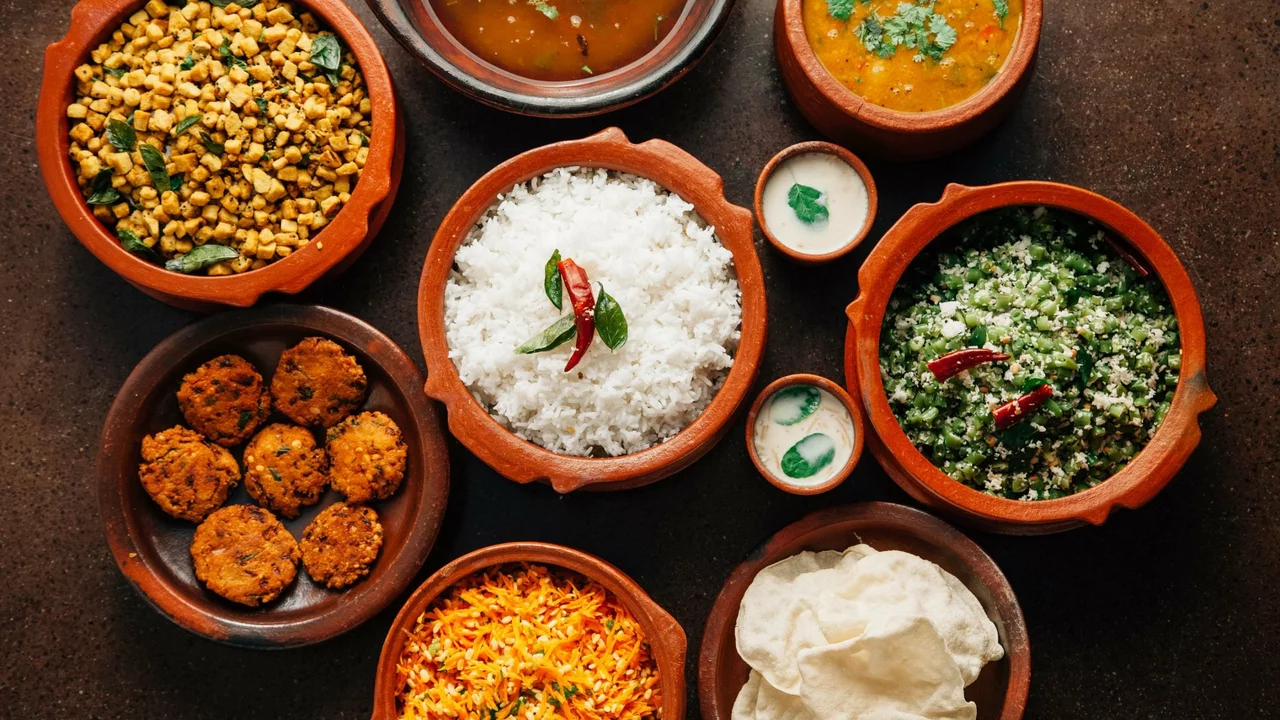Food comparison: Indian vs Western — what to try and where
Which food is better for you: Indian or Western? That’s a hot question, but the real answer depends on what you like, where you live, and what you need from a meal. This tag page gathers quick, useful takes: taste differences, availability in the USA, nutrition pointers, and simple tips for choosing dishes you’ll enjoy.
What to compare when judging foods
Taste and spice profile: Indian food often layers spices for complex heat and aroma. Western dishes usually focus on single dominant flavors — savory, sweet, or tangy. Ingredients: Indian cooking uses lentils, paneer, ghee, and many spices. Western meals lean more on dairy, grilled meats, and baked goods. Cooking methods matter: slow-simmered curries vs roasted or fried Western mains change texture and flavor a lot.
Practical points: availability, prep time, and cost. Can you find the ingredients locally? How long to cook? Is the dish cheap or pricey? These matter more than foodie arguments when you’re hungry on a weeknight.
Quick, useful comparisons and real examples
If you love bold spice and variety, try Indian staples like biryani, masala dosa, or chole. They offer layered flavors and vegetarian choices. If you want comfort and familiarity, try Western options like roast chicken, pasta, or a grilled burger. Those deliver predictable textures and sauces you can tweak easily.
Availability in the USA: big cities carry most Indian foods. You’ll find tandoori chicken, butter chicken, samosas, dosas, and paneer at restaurants and many grocery stores. Small towns might be limited to a few frozen items, basic spices, and occasional restaurants. Tip: look for grocery stores that cater to South Asian shoppers — they stock spices, lentils, naan, and frozen snacks.
Nutrition snapshot: Indian meals can be high in calories when heavy on ghee or fried snacks. But they also offer more legume-based protein and vegetable options. Western meals often include processed items and heavy dairy; simple swaps like grilled instead of fried, or whole grain bread, make a big difference.
How to choose what to eat right now: ask yourself three quick questions — Do I want spice or mild? Am I eating for health or comfort? Do I have time to cook? If you want bold and plant-heavy, pick Indian. If you want quick, familiar comfort, pick Western. If time’s tight, a simple dal and rice or a grilled sandwich both work.
Try a small experiment: order one Indian and one Western dish to share. Note which textures and spices you liked most. That helps you pick the next time without wasting money.
Flip through the posts here to read deeper comparisons, find tips for Indians living in the USA, and discover which Western dishes match your taste. Pick a dish to try this week and compare for yourself — taste is the final judge.
Is it true that Pakistani food is better than Indian food?
In the debate of Pakistani food versus Indian food, it's crucial to remember that taste is subjective and varies from person to person. Both cuisines have their unique flavors and specialties, deeply rooted in their diverse cultures and traditions. While some may prefer the rich, meat-centered dishes of Pakistani cuisine, others may lean towards the vegetarian-friendly and spice-laden Indian food. It's not about which cuisine is better, but rather which one suits your personal taste buds better. Ultimately, both cuisines offer an array of delicious options that are worth exploring.
read more
